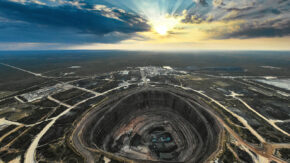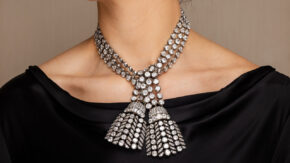Testing the waters
The diamond industry is undergoing a significant and transformative shake-up. With a major dip in natural-diamond prices, many companies have either diversified their operations to include both natural and lab-grown goods, or made a complete pivot toward the latter.
A number of sightholders have been involved in the lab-grown industry for quite some time through affiliated companies, reports Tim Denning of tender house Bonas Group.
Other natural-diamond companies have considered branching into synthetics, but several factors have deterred them from taking the risk, according to one anonymous source. Such factors include the large financial commitment involved, the deteriorating margins of lab-grown, the potential reputation damage, and an incompatibility with the company vision.
“From a manufacturer and wholesale standpoint, oversupply has led to the undercutting of each other to sell due to market saturation,” adds a leading diamond consultancy firm.
Price matters
Lab-grown goods are priced 78% to 80% lower than their natural counterparts, according to diamond industry analyst Edahn Golan.
This disparity has opened up opportunities for lab-grown alternatives to emerge, especially in the 1- to 3-carat range, reports Shanghai-based jewelry designer Chaoqiu He of Qiu Fine Jewelry — though the picture is different for melee, she adds. “High-quality melee in [chemical vapor deposition (CVD) goods] is not easy to access,” she explains, and the recent downturn in diamonds means the price difference between natural and lab-grown melee is minimal.
Still, there will always be designers who prefer to center their designs around natural diamonds, as it is integral to their brand DNA, says another anonymous source. Doing so “would involve establishing a significant pricing gap, where natural diamonds are perceived as high-end luxury items, while lab-grown diamonds are viewed more as fashion accessories.”
Mainstream acceptance
“Half of all diamonds sold in the US last year were lab-grown diamonds,” says Mona Akhavi, president and CEO of lab-grown producer Vrai.
Jewelers have reported increased awareness and acceptance of synthetics among jewelry manufacturers, dealers, retailers and consumers. In 2018, some 51% of shoppers were aware of lab-grown diamonds, according to a report by the International Grown Diamond Association (IGDA), compared to only 9% in 2010. And industry analyst Paul Zimnisky observed a rising number of US retailers stocking the product in 2022.
However, the current surge in lab-grown diamonds appears to be outpacing consumer demand. Denning says retailers have shifted toward memo arrangements due to oversupply.
Zimnisky echoed that sentiment in a February report, saying the allure of lab-grown diamonds had somewhat peaked due largely to their widespread availability. While demand for the category will continue, he predicted, sales may slow down from the 20% to 30% growth it enjoyed at the height of its popularity.
He forecast that jewelers would scale back their involvement in synthetics while intensifying their focus on natural diamonds over the next year.

(Solo for Diamonds)
A role in luxury
While many jewelry designers and brands are picking one or the other, some have recently decided to dabble in both. In the past year, the synthetic-diamond market has attracted high-end companies.
“To jewelers, it means keeping up with the times we live in,” says Julia Kusher, founder of Ukraine-based jeweler Solo for Diamonds.
“Lab-grown diamond is the synonym for modern, bold, and technological.”
In 2023, French brand Fred — a unit of luxury group LVMH — launched Audacious Blue, a four-piece high-jewelry collection containing 0.50-carat blue lab-grown diamonds alongside natural diamonds. Fellow high-end labels Mejuri and Prada have followed suit, recognizing the potential for lab-created and natural diamonds to coexist and flourish.
While some industry veterans have expressed concern over mixing the two products, arguing that this adds to consumer confusion, others believe that large global luxury groups will continue to test lab-grown options in their brands.
Even in Paris, companies in the heart of Place Vendôme are gradually opening their arms to a new category. Mazarin, a Parisian fine-jewelry house that launched in September 2022 and focuses on lab-grown, finds that Parisian workshops that service heritage brands are now more receptive to collaborating with lab-grown brands. French jewelry designer Jean Dousset, meanwhile, pivoted to offering exclusively lab-grown diamonds in 2023 and has since seen his sales go up by 78%.
“While lab-grown engagement rings continue to gain popularity, non-bridal jewelry is experiencing the most growth,” says Mazarin cofounder and CEO Louise De Rothschild. “At Mazarin, 90% of our sales come from non-bridal pieces. Customers are increasingly seeking jewelry with strong designs and meaningful impact.”
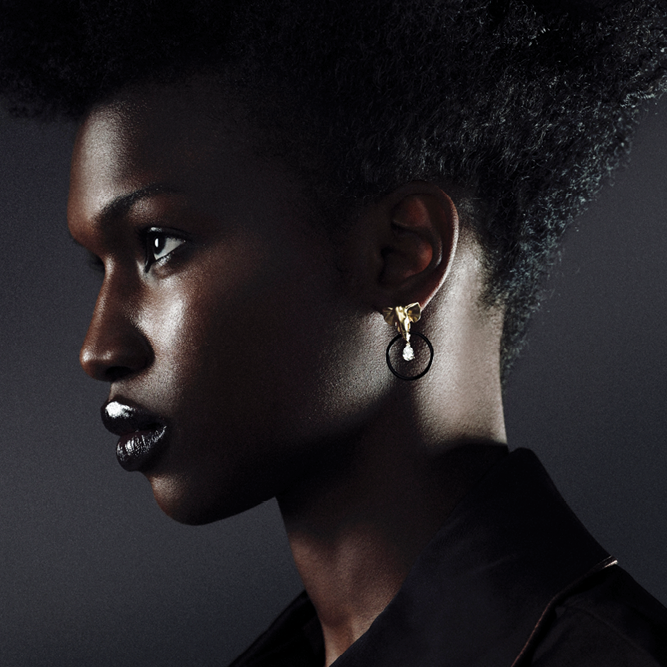
Technological advances
The lab-grown industry is constantly evolving thanks to ongoing research and development. Manufacturers, polishers and jewelry designers are investing in experimental technology to meet the growing demand. This has led to larger and more visually appealing synthetic stones, including cuts that come from a single diamond block, and precision control over polycrystalline growth.
One notable development is the ability to create unconventional shapes, sizes, cuts and color variations. “Before that, the sheer cost of natural diamonds made the idea of exploration impossible,” Dousset explains.
Advancements in technology, particularly in cutting techniques, have propelled lab-created stones onto a level playing field with their natural counterparts, he adds. “This shift, driven by an increasing number of cutters and suppliers transitioning from mined diamonds to lab-grown alternatives, is particularly significant to me.”
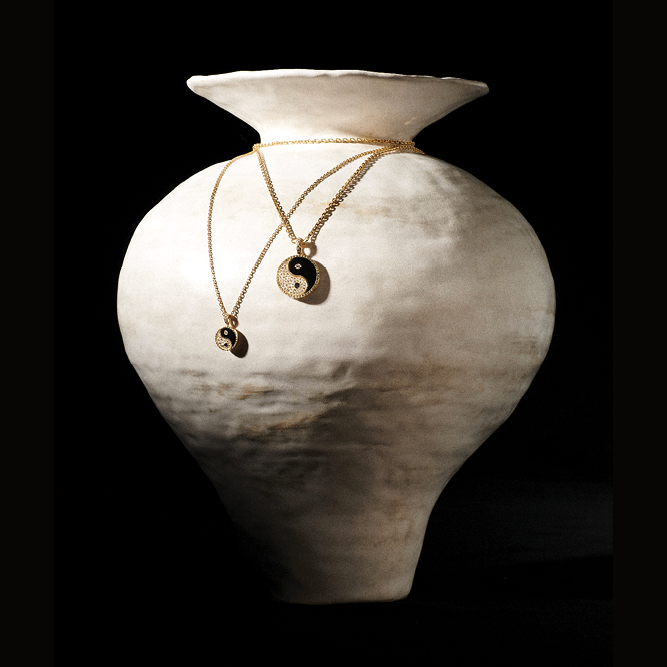
Marketing angles
The marketing strategy for lab-grown diamonds has evolved over time as well. Initially, the emphasis was on sustainability and eco-friendliness. However, “as the lab-grown diamond industry has matured, marketers have recognized the need to diversify their messaging to reach a broader audience and to highlight additional aspects of the product,” says Kusher.
Brands like Pandora and Blue Nile have mainly been marketing this segment in non-bridal fashion jewelry, but even there, the narrative has shifted from promoting lab-grown’s affordability, accessibility and sustainability to presenting it as a cutting-edge tech product, with an emphasis on novelty and innovative design.
“Since there are more reasons to buy lab-grown diamonds [beyond just] aesthetics, there are also more ways to market them and play through communication,” says Joy Toledano, founder and designer at lab-grown jeweler Mysteryjoy.
Dousset’s marketing strategy has not significantly changed since his move to synthetics; his angle reflects what he calls “the indulgent, rebellious and tantalizing new representation of luxury.” He has “made it a point to not communicate ‘Jean Dousset using lab-grown diamonds as a sustainability choice,’ and instead leaned into the liberation and the empowerment of consumers to choose between two origins.”
Kusher concurs that lab-created diamonds “offer the advantage of flexibility. Designers can experiment with various shapes, colors and settings. I think a strong point in marketing lab-grown diamonds is the possibility of customization.”
Last year, Vrai introduced its bespoke Cut for You service, which lets clients select from 30 different cuts in any desired size to craft their own diamond from rough material within 15 days.
Some companies have gone even further: Kusher is also the founder of Amata, a firm that specializes in growing diamonds from loved ones’ DNA. “You can order an engagement ring with a diamond grown from the blood or hair of the beloved person,” she explains, adding that Amata has seen strong orders for its unconventional jewels.
With the younger generation favoring distinctive and ethical products, Kusher believes in highlighting both aspects simultaneously. “That’s why we developed our signature bio-resin rings with lab-grown diamonds [under the tagline] ‘The New Era of Engagement Ring.’ It’s a great example of how to combine sustainability and innovation in one piece.”
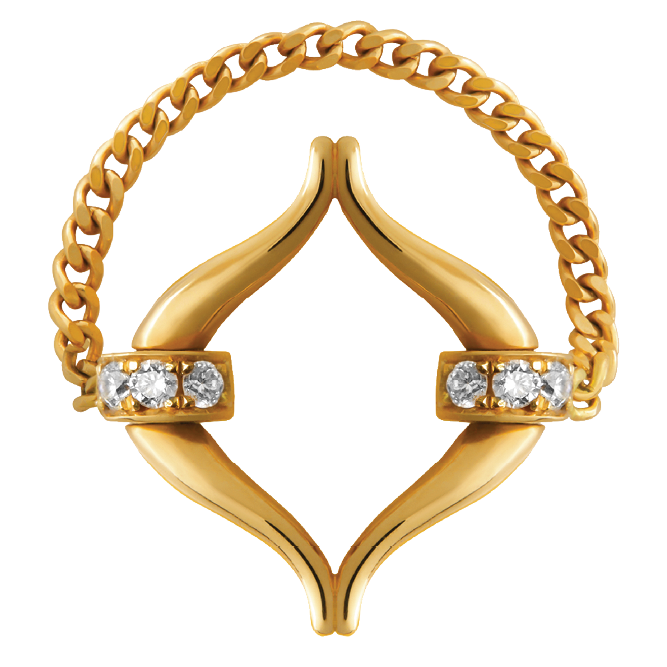
Energy debate
While lab-created diamonds are often touted as sustainable alternatives to mined ones, producing them requires a significant amount of energy, a fact that few consumers may realize.
Qiu’s He sees lab-grown as “a technology product, which inherently involves resource utilization. Even if using green forms of energy, this may result in increased costs.”
Yet as Mazarin’s De Rothschild notes, “the technology is constantly evolving, and more manufacturers are shifting to using exclusively renewable energy.” Companies like Diamond Foundry and Greenlab Diamonds are incorporating energy sources such as solar power into their manufacturing processes; the former is notable for being the first lab to get certified for zero emissions.
A good way to avoid confusion about sustainability claims is for companies to streamline their messaging, provide transparent disclosure of environmental reports, and get certified by a third-party standards body.
Kusher stresses the importance of collaborating with organizations such as SCS Standards or Positive Luxury’s Butterfly Mark to check, prove and certify that the lab-grown company under review is not just declaring itself sustainable, but also living up to that declaration.
This is particularly pertinent with the introduction of new, tighter regulations on injurious sustainability claims. The US Federal Trade Commission (FTC) recently warned synthetic-diamond firms about potential sanctions for campaigns that referred to products as “eco-friendly,” “eco-conscious” or “sustainable” without substantiated evidence. Additionally, the FTC is working to strengthen its Green Guides, which aid marketers in avoiding misleading environmental assertions.
I like the example of a taxi and an Uber. They don’t have to compete, they just offer different services.
Coexistence versus competition
One way to prevent confusion between lab-grown and natural diamonds is to prioritize educating consumers about their differences. There is often a tendency to conflate the two, says Kusher, when in reality, sellers should treat them as distinct categories targeting different consumer demographics.
“I like the example of a taxi and an Uber,” she explains.
“They don’t have to compete, they just offer different services to their separate audiences. Lab-grown and mined diamonds both have their strong points. For the lab-grown, it’s sustainability, innovative technologies, affordability, and customization. For the mined ones, it’s rarity, tradition and heritage.”
Dousset, for his part, thinks in terms of value. “I don’t disparage natural diamonds. I advocate for the possibilities that lab diamonds are offering consumers. The back-and-forth between which option is more sustainable to the environment is missing the greater point of value proposition.”
There has also been a long-standing dispute over diamond terminology. The French Ministry of Economy and Finance recently made the decision to ban the use of any term other than “synthetic” for non-natural diamonds. In France, the terms “laboratory diamond” and “cultivated diamond” (diamant de culture) are no longer acceptable.
However, many vendors feel that clarity, transparency and fully conveying the product are more important than settling on a particular word or phrase.
Kusher believes collaborations and partnerships between lab-grown and mined-diamond companies can foster a more cooperative coexistence. Already, companies like Mejuri and New York-based jeweler Stone and Strand have diversified their offerings by incorporating both types of diamonds into their collections. She predicts that the two categories will ultimately coexist in jewelry stores, giving consumers a broader range of choices.
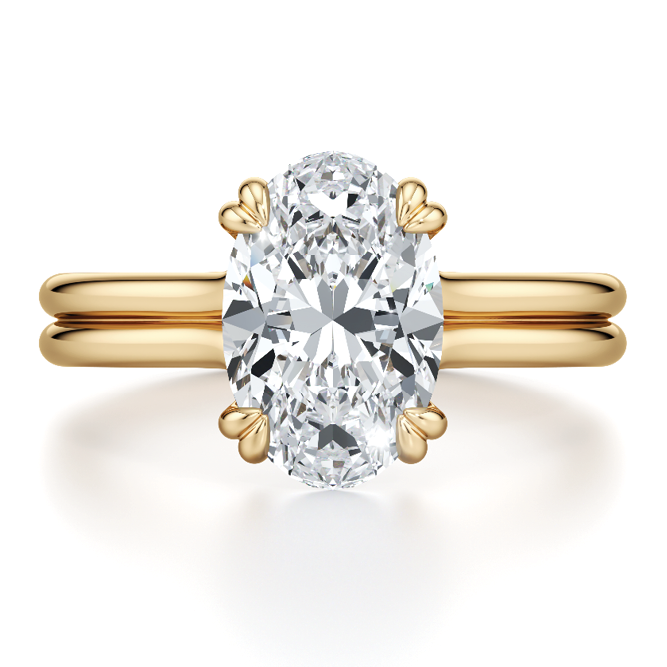
Main image: Jean Dousset’s ”Never Mined. All Mine“ campaign. (Jean Dousset)
This article is from the March-April 2024 issue of Rapaport Magazine. View other articles here.
Stay up to date by signing up for our diamond and jewelry industry news and analysis.


